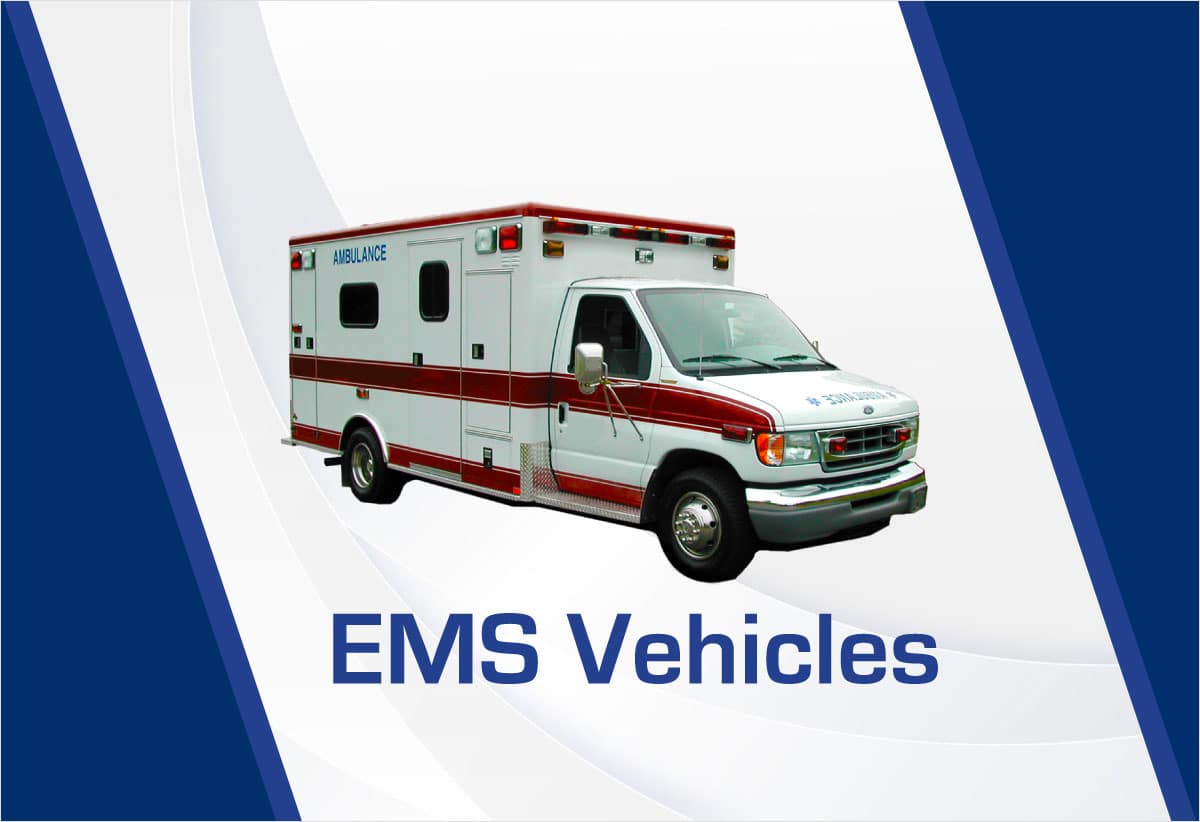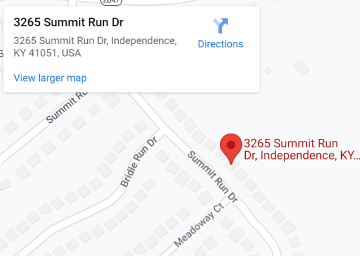The role of EMS (Emergency Medical Services) vehicles for enhancing emergency medical services.

EMS (Emergency Medical Services) vehicles play a crucial role in enhancing emergency medical services by providing rapid and specialized medical care to individuals in critical situations.
These vehicles, often ambulances, serve as mobile medical units equipped to respond swiftly to emergencies, transporting patients to healthcare facilities and bridging the gap between the site of an incident and the hospital.
The following are key aspects highlighting the significance of EMS vehicles in improving emergency medical services:
- Timely Response: EMS vehicles are designed for rapid deployment, allowing healthcare professionals to reach the scene of an emergency quickly. The prompt arrival of medical personnel is essential for administering life-saving interventions and stabilizing patients before they reach a hospital.
- Mobile Intensive Care Units: Modern EMS vehicles are equipped with advanced medical equipment, making them mobile intensive care units. They carry a range of medical supplies, diagnostic tools, and life support equipment to address various emergencies, from trauma care to cardiac emergencies.
- Patient Transport: EMS vehicles facilitate the safe and efficient transport of patients to medical facilities. Whether it is transferring patients between hospitals or responding to emergency calls, these vehicles are equipped to provide continuous medical care during transit, ensuring the patient’s condition remains stable.
- Communication and Coordination: EMS vehicles are equipped with communication systems that enable real-time coordination with healthcare facilities. Through this connectivity, medical professionals can access patient information and receive guidance while on the road, enhancing the quality of care.
- Specialized Services: Some EMS vehicles are designed for specific purposes, such as neonatal transport, critical care transport, or air ambulances for remote or difficult-to-reach locations. This specialization ensures that patients receive the level of care appropriate to their needs, even in challenging circumstances.
- Community Outreach and Education: EMS vehicles are often involved in community outreach programs and education initiatives. They play a role in teaching basic life support skills, conducting health screenings, and raising awareness about emergency services, thereby promoting public health and safety.
- Integration with Emergency Systems: EMS vehicles are integrated into broader emergency response systems, collaborating with firefighters, law enforcement, and other first responders. This coordinated effort ensures a comprehensive and effective response to emergencies, with each component playing a specific role in the overall emergency management plan.
- Technology Integration: EMS vehicles leverage innovative technology to enhance patient care. Electronic patient care records, GPS systems for efficient navigation, and telemedicine capabilities contribute to better communication and information exchange between the field and healthcare facilities. This integration ensures that patients receive the most appropriate and timely interventions based on their medical history.
- Mass Casualty Incident Response: In the unfortunate event of mass casualty incidents, EMS vehicles are pivotal in managing the surge of patients. They are equipped to triage and transport many individuals, working in collaboration with other emergency response agencies to ensure a coordinated and organized response to disasters or major accidents.
- Continuous Training and Professional Development: EMS personnel undergo rigorous training to stay updated on the latest medical advancements and emergency protocols. EMS vehicles serve as platforms for hands-on training, allowing professionals to familiarize themselves with new equipment and procedures. This commitment to ongoing education ensures a high standard of care in diverse and evolving emergencies.
- Telemedicine and Remote Consultations: With the integration of telemedicine capabilities, EMS vehicles can establish remote consultations with healthcare professionals. This real-time communication allows paramedics and EMTs to receive guidance, share vital signs, and relay critical information to physicians, improving decision-making and patient outcomes.
- Public Awareness and Emergency Preparedness: The visibility of EMS vehicles in communities contributes to public awareness and reinforces the importance of emergency preparedness. Knowing that swift and skilled medical assistance is available fosters a sense of security among the public and encourages individuals to seek help promptly during emergencies.
- Data Collection and Research: EMS vehicles contribute to the collection of valuable data related to emergency incidents. This data, when analyzed, provides insights into trends, response times, and patient outcomes. Such information is essential for refining emergency medical services, identifying areas for improvement, and contributing to medical research.
- Community Engagement and Trust: Regular interactions between EMS professionals and the community help build trust and understanding. EMS vehicles participating in community events, open houses, and educational programs foster positive relationships, ensuring that the public views them as approachable and reliable sources of assistance.
- Adaptability to Diverse Environments: EMS vehicles are designed to operate in diverse environments, providing medical and dental services in rural & underserved areas. Their adaptability ensures that emergency medical services can reach individuals in need, regardless of geographical challenges, providing a lifeline for those in situations where immediate medical attention is crucial.
- Advocacy for EMS Resources: EMS vehicles and personnel often serve as advocates for increased resources and support. They play a crucial role in highlighting the importance of sustained funding, training opportunities, and access to state-of-the-art equipment. This advocacy ensures that EMS services can continue to evolve and meet the growing demands of emergency healthcare.
- Environmental and Hazardous Material Response: EMS vehicles are equipped to handle emergencies involving hazardous materials or environmental threats. These specialized units can respond to incidents such as chemical spills, biological hazards, or radiological emergencies, ensuring the safety of both responders and the public in situations that require specialized training and equipment.
In conclusion, EMS vehicles are indispensable components of emergency medical services, providing critical care, transportation, and support in a timely and effective manner. Their role is not only to respond to emergencies but also to contribute to the overall health and well-being of communities through education and outreach.
If you are also a healthcare provider looking for mobile medical vehicles, refurbished medical equipment, or related services, we ask you what the delay is for. If you are struggling anywhere, contact us right away, and we will get you started in no time.
To get further information regarding our mobile medical clinic, call us at +1 586 917 0245 or email us at sales@kbdentalconsulting.com

 SUBSCRIBE TO OUR BLOG
SUBSCRIBE TO OUR BLOG
